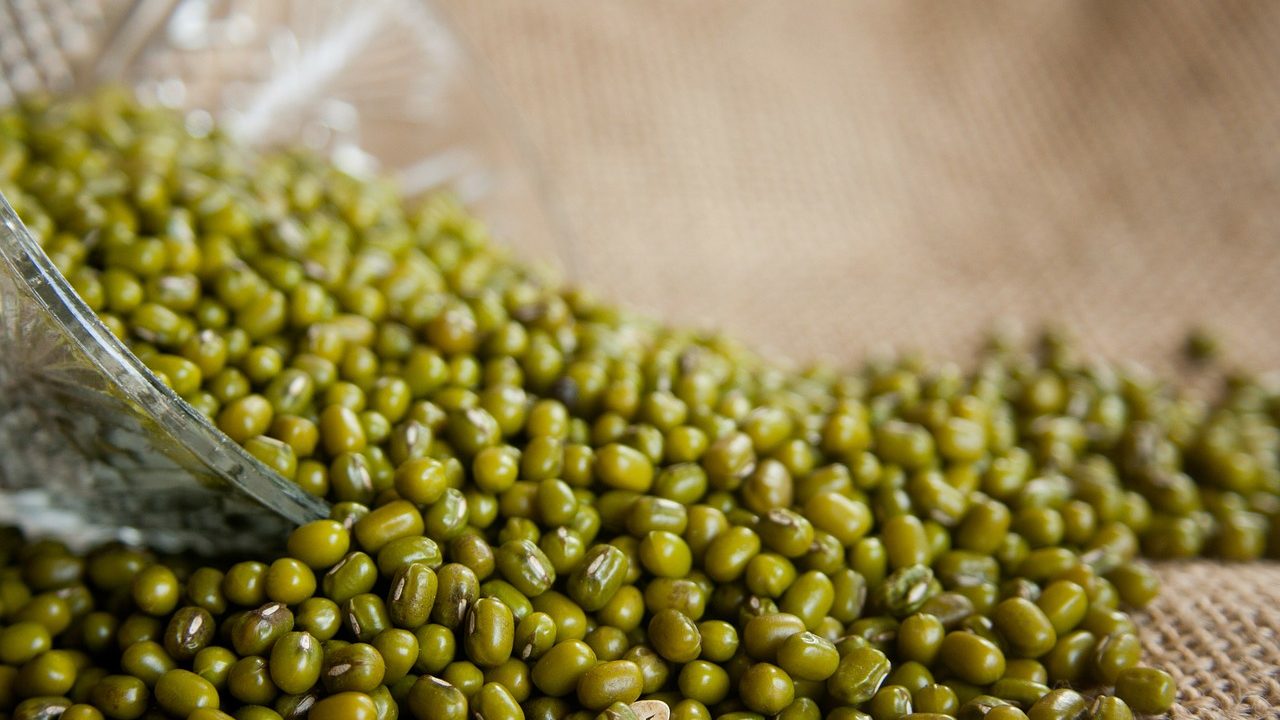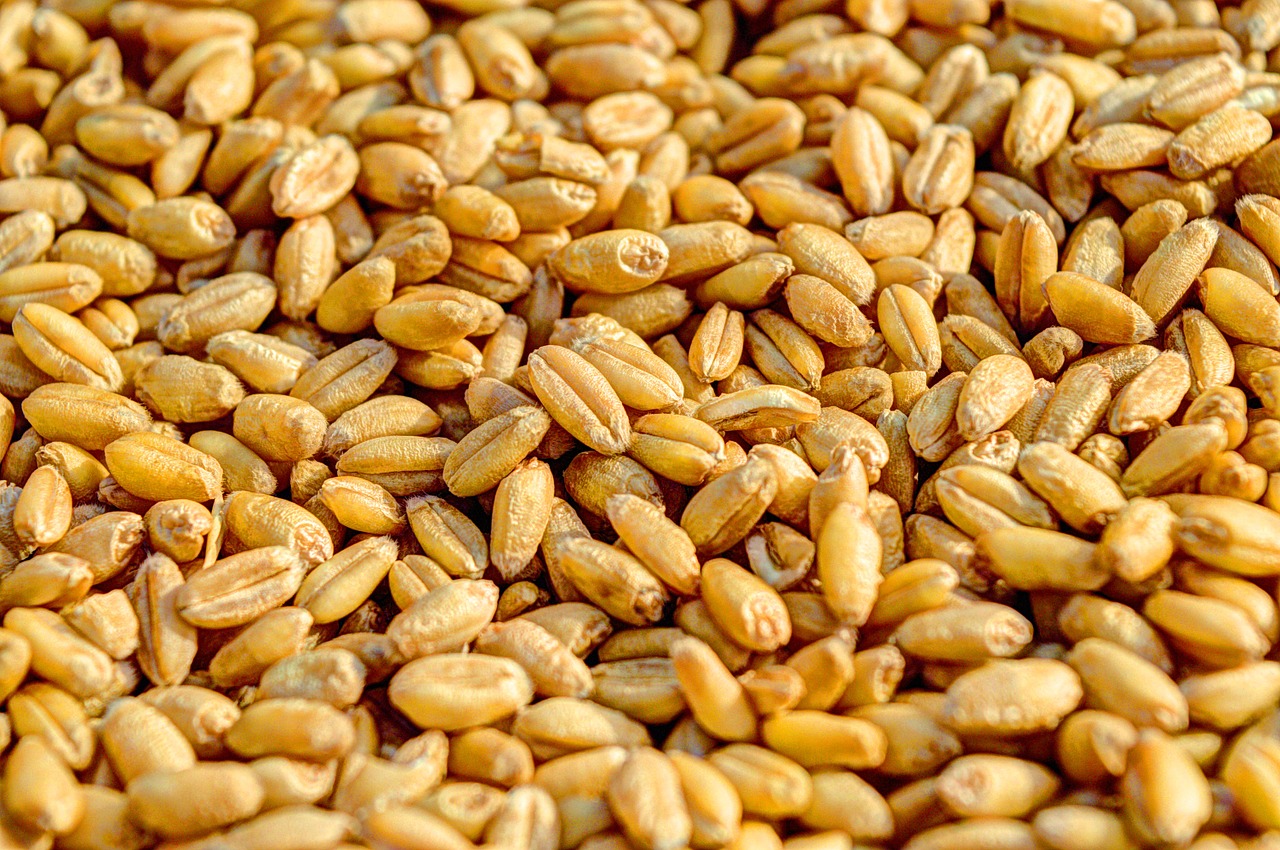
This Amino Acid Can Help Mung Bean Plants Withstand Heat Stress
- News
- 1.8K
India is in the grip of a severe heat wave with several places across the country recording temperatures more than 45 degrees Celsius. Severe heat can also impact the growth of agricultural crops. Heat stress experienced during reproductive stages of plants can adversely impact the development and function of reproductive compartments, flowers, pods, and thus severely affect the yield.
In a new study, researchers have found that the reproductive functions of mung bean plants were reduced upon heat stress and that this damage could be reversed by application of GABA, a naturally occurring amino acid, to roots and leaves.
Mung bean is grown as a summer crop between rice-wheat sequence. It has a short duration (about 70 days), and faces high temperatures up to 45 degrees during its flowering and podding stage, causing serious damage to flowers and pods in terms of number and size. “Currently, there are no heat-tolerant varieties of mung bean. So we decided to investigate the heat tolerance in mung bean plants,” said Harsh Nayyar, a scientist at Punjab University and a member of the research team.
Gamma-aminobutyric acid or GABA is a non-protein amino acid known to regulate carbon metabolism, maintain pH and osmotic pressure inside cells, and protect cells from various stresses. In Arabidopsis plants, it is known to accumulate in conditions of high heat. That’s why researchers wanted to see if it was involved in how mungbean plants respond to heat and if it had heat-protective properties.
It was found that heat stress had a severe impact on a mung bean plant. Heat stress reduced GABA levels within the plant by 50% and 60% in leaves and anthers. This lowering of GABA levels was accompanied by reduced water content in leaves, reduced viability of pollens, germination, and photosynthetic abilities of mungbean plant.
To study the protective role of GABA, the researchers externally supplemented GABA in heat-stressed plants that had reduced levels of this amino acid. This was done by drenching the roots in varying concentrations of GABA and by spraying it directly on to the leaves. Such application increased the GABA levels in leaves and anthers (pollen-producing part of the flower) and also substantially improved the pollen viability and germination, pod numbers, and seed yield.
Further analysis revealed that heat stress also negatively affected the photosynthetic activity, assimilation of carbon dioxide from the environment, and water content in leaves. Externally supplementing GABA could rescue the impact on all these factors and also reduce the oxidative damage incurred due to the heat. Based on these observations, researchers concluded that GABA could protect reproductive function in mung bean plants under heat stress as a result of improved water content, carbon fixation, and assimilation.
However, the researcher said these are preliminary experiments conducted in a controlled environment. More tests need to be performed before GABA can be taken from the lab to the fields. The team is also planning to extend this method to other crop varieties to study if different crops respond in a similar manner.
The research team included Manu Priya, Lomeshwar Sharma, Ramanpreet Kaur, Harsha Nayyar (Punjab University, Chandigarh); H. Bindumadhava, Ramkrishnan M. Nair (ICRISAT, Hyderabad); K. H. M. Siddique (University of Western Australia, Australia). The results have been published in the journal Scientific Reports.
By P Surat
If you liked this article, then please subscribe to our YouTube Channel for the latest Science & Tech news. You can also find us on Twitter & Facebook.


